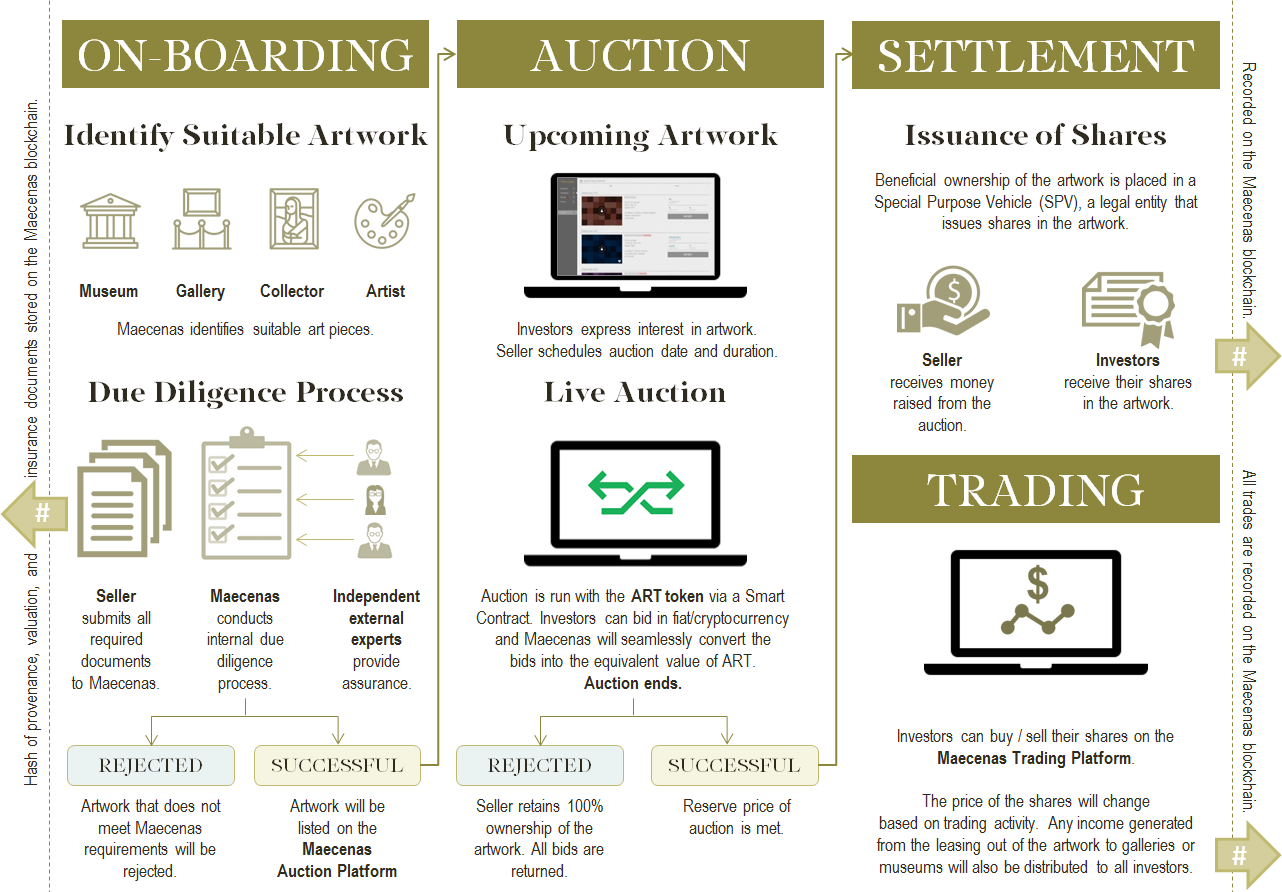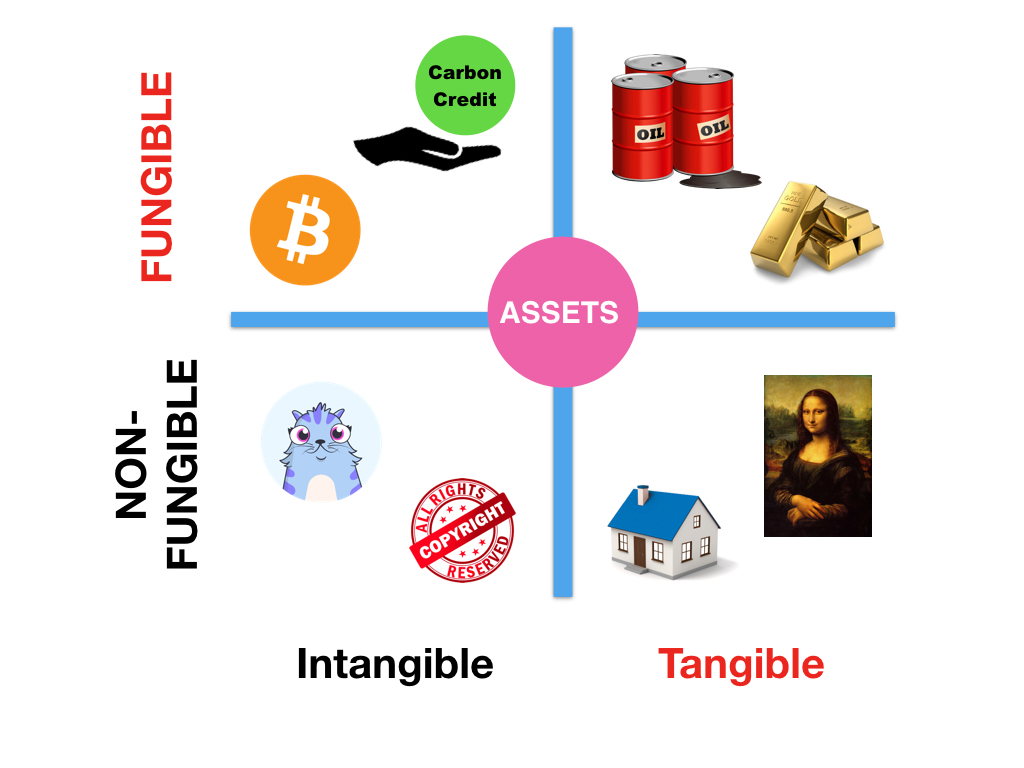Intro

Above painting is by the renowned Leonardo da Vinci. Recently It was last sold for US33,705₹ ($450)M. Obviously, such exorbitantly priced paintings are out of reach for most investors. Only a select few of the ultra-wealthy would be able to own such a high priced painting. Such paintings are very illiquid, not because you can’t trade them but it is costly to trade them as there are only handful of people who can be part of this market.
If anyone wants to buy, they have to buy the whole painting. There is also an issue of trust, buyers need reliable assurance that the painting is authentic. Auction houses charge a hefty fee for the auctions that are conducted, which can amount to 20–30% of the sale price. Raising capital against such paintings is also very tricky as you’ll need to hand over physical possession of the painting, which puts it at risk of damage or theft. Another question that arises is how do you price such paintings? You need independent expert advice to accurately identify the value, which again comes with a hefty fee.
Can we tokenise such paintings? What benefits would it bring to the table?
Instead of buying a whole painting, investors can each buy a small fraction of this painting.
Trading of the painting shares becomes very easy with other interested participants brought together in a common market.
Price discovery becomes easy and accurately reflects market sentiment, as the price of each painting share represents the overall market interest of the painting in real time.
Ownership (and its provenance, or history) is easy to verify as that information is recorded on the blockchain and cannot be altered by a rogue 3rd party.
A traditionally illiquid item now becomes liquid as anyone globally can participate in the trade, thus bringing the market price of that painting to a fair price (Removing illiquid discount).
This is a great example of Tokenising an Asset. Here we took a valuable painting and converted its rights to an asset into digital tokens on a blockchain.
This is not a hypothetical example. Maecenas is working on doing exactly that. Here’s a diagram showing how it will work:

Let’s define two important keywords — Asset and Tokenisation:
What is an asset?According to Investopedia“An asset is a resource with economic value that an individual, corporation or country owns or controls with the expectation that it will provide future benefit.”
What is tokenisation?According to Addison Cameron-Huff“Tokenisation is the process of converting rights to an asset into a digital token on a blockchain.”
So what are the types of assets that can be tokenised?

As depicted in the diagram above, there are 4 broad categories of assets: Intangible/Tangible vs Fungible/Non-Fungible. Intangible assets are the ones that do not exist in a physical form, while Fungible assets are those that can be replaced by another identical item. In general Intangible and Fungible items are easier to tokenise as there is less concern about its safety, storage, delivery, theft etc. Also, Fungible items are easy to break down into smaller units. E.g. a token can stand for a group of objects like Every DGX = 1 gram of gold. And each token is backed by that amount of gold in reserve.
Transferring of tokens can mean:
Transfer of Ownership
When you transfer a token you are transferring ownership of that asset to another person.
For example, transferring DGX, you are transferring the actual ownership of that 1 gram of gold to the other person.
Transfer of Limited Rights
This could be giving rights to listen to a song or a collectible item. That person is not the original owner but via the tokens they have certain rights on that asset. And those rights may be transferred to another person keeping the original owner as it is.
So what are the benefits of tokenising an asset?
Near-immediate trade settlement.
Ownership is highly divisible.
Value transfers are programmable.
Shared ownership models become feasible.
Possibility of markets that never close.
Increased liquidity.
Access to international investors.
Here are some examples of projects tokenising various assets:
Company | Description |
|---|---|
Online marketplace for buying, selling and trading shares in fine art | |
An example of music ownership/licensing tokenisation. | |
Designed to offer digital currency exchanges a never-changing 1-to-1 exchange rate with U.S. dollars. Allegedly, all Tether coins in circulation are backed by real money. | |
Users can purchase physical gold bullion. Purchases are recorded and audited using Blockchain. Aims to create more transparency for precious metal ownership. | |
An oil-backed cryptocurrency. | |
Decentralised Digital Collectibles. | |
Collect and breed digital cats. |
What are the various challenges associated with tokenisation?
Governance
One question that arises is on the issue of governance. Imagine there is a building and it has a single owner. Naturally, it is the responsibility of the owner to maintain that building. But now let’s say we tokenise that building into say, 1000 tokens. Now, there are potentially 1000 owners, each owning an equal share. Who is supposed to govern that building? Who is responsible for its maintenance, upkeep, and repairs? Also, to what extent will the governance happen on-chain and off-chain? What happens if not enough token holders vote? If investors aren’t given sufficient incentive to manage their asset, what will become of it?
There can be several approaches to this:
Voting mechanism where each token is entitled to one vote for a proposal.
Only major shareholders play the role of governance i.e.minority shareholders proxy their voting rights to someone they trust (like a mutual fund manager).
The original owner remains the majority holder of tokens and they govern the asset in the best interest of all shareholders.
Regulatory
As we all know, technology is always ahead of the regulations. It will take years (or decades) for laws to adapt this rapid change.
Centralisation
For traditional assets there will always be either one or a few owners of that asset. The challenge will be how to introduce decentralisation and mitigate the risk of single-point failure in such cases? It is still uncharted territory, but it will undoubtedly require a combination of technology, economics, auditing, contracts and multi-party guarantees.
Legal
Once you tokenise such assets, how do you legally execute your right to the underlying asset? Also, who will issue the tokens and under what legal framework? In case of a conflict how do you resolve the conflict? These are still open questions which will need to be resolved.
Conclusion
As we can see from above, tokenisation of assets is a breakthrough that is still being developed. It will require not only technological changes, but also for jurisdictional legal frameworks to evolve with the times for it to truly revolutionise global markets and achieve effective ownership of real world assets.


